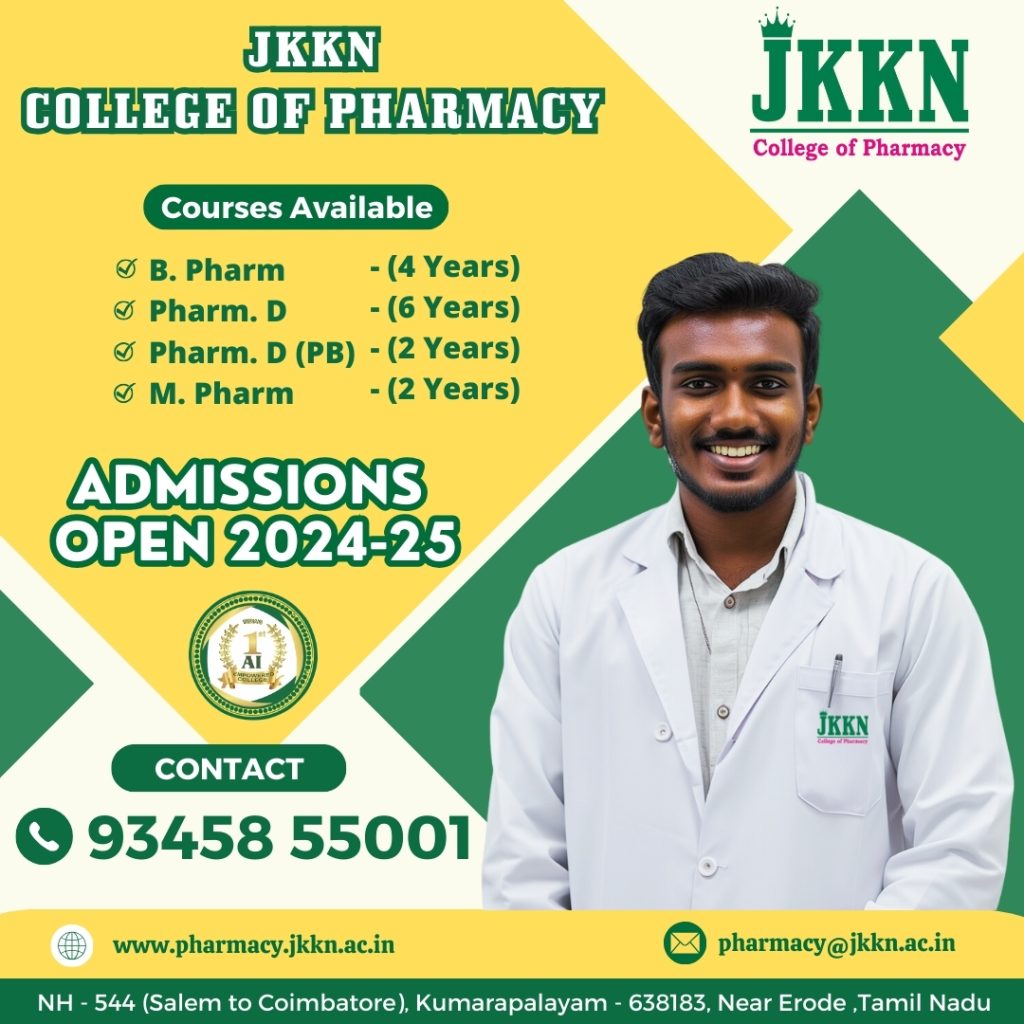IV SEM /PHYSICAL PHARMACEUTICS -I1 – THEORY
After a successful completion of the course the students will be able to
| Course outcome number | Course Outcomes | Cognitive level |
| CO1 | Recall and list the classifications and general characteristics of colloidal dispersions, including size and shape of colloidal particles, as well as the properties associated with colloids. | C1 |
| CO2 | Explain the optical, kinetic, and electrical properties of colloidal dispersions, and demonstrate an understanding of the effects of electrolytes, coacervation, peptization, and protective action in colloidal systems. | C2 |
| CO3 | Apply knowledge of rheology to identify and characterize Newtonian and non-Newtonian systems, such as pseudoplastic, dilatant, and plastic fluids. Demonstrate the ability to determine viscosity using various viscometers. | C3 |
| CO4 | Analyze the interfacial properties of suspended particles in coarse dispersions, including the settling behavior in suspensions, formulation of flocculated and deflocculated suspensions, and theories of emulsification. Evaluate the stability and rheological properties of emulsions. | C4 |
| CO5 | Evaluate the principles of micromeretics, including particle size and distribution, methods for determining particle size and surface area, as well as the derived properties of powders. Assess factors influencing drug stability, such as reaction kinetics, temperature, solvent, and catalysis. | C5 |
| C6 |
Develop strategies for stabilizing medicinal agents against common reactions like hydrolysis and oxidation, and propose methods for accelerated stability testing in expiration dating of pharmaceutical dosage forms. Formulate approaches to prevent photolytic degradation. These course outcomes are designed to cover all aspects of the Physical Pharmaceutics II Theory course content and align with different cognitive levels of Bloom’s Taxonomy, ensuring a comprehensive and in-depth understanding of the subject matter for students. |
C6 |
Remembering (C1), Understanding (C2), Applying (C3), Analyzing (C4), Evaluating (C5) and Creating (C6)
B.PHARM /PHYSICAL PHARMACEUTICS 1I-PRACTICAL/IV SEM
After a successful completion of the practicals the students will be able to
| Course outcome number | Course Outcomes | Psychomotor Level |
| CO1 | Demonstrate the ability to accurately perform particle size determination and particle size distribution using the sieving method, following established laboratory procedures. | P1 |
| CO2 | Proficiently use microscopic methods to determine particle size and particle size distribution, showcasing precision in handling and manipulating microscopic equipment. | P2 |
| CO3 | .Measure and calculate bulk density, true density, and porosity with precision, highlighting attention to detail and accurate data recording. | P3 |
| CO4 | Conduct experiments to determine the angle of repose and assess the influence of lubricants on the angle of repose, demonstrating the ability to manipulate materials and analyze outcomes. | P4 |
| CO5 | Measure and determine the viscosity of liquids using Ostwald’s viscometer with precision and accuracy, showcasing expertise in handling laboratory equipment. | P5 |
| CO6 | Perform accelerated stability studies, demonstrating the ability to plan, execute, and interpret the results of stability tests, and make informed decisions based on the data obtained. | P6 |
Imitation (P1), Manipulation (P2), Precision (P3), Articulation (P4), Precision(P5) Naturalization (P6)


